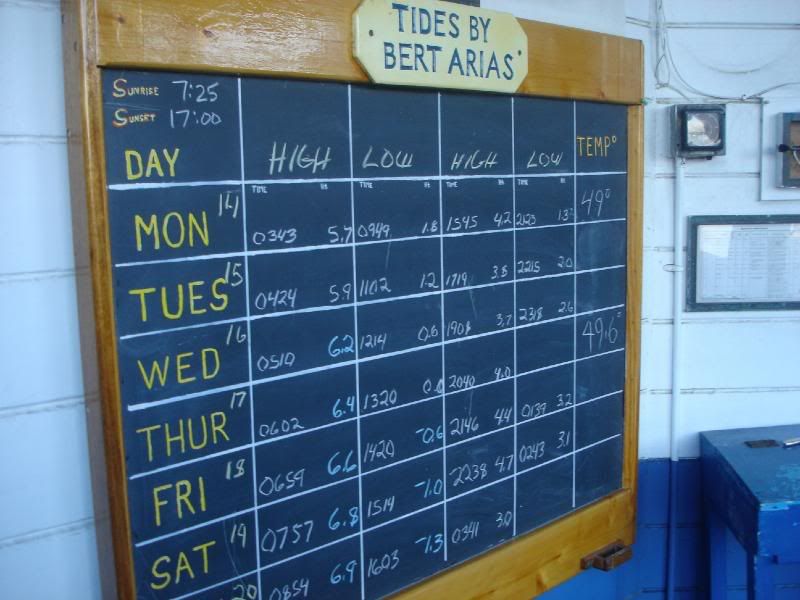
We had a Hypothermia Awareness training at the Dolphin Club last week. I couldn't attend, but the chatter in the sauna piqued my interest. I did some internet research and came up with interesting quotes and potentially critical first aid information.
Interesting Facts About Hypothermia
"Normal body temperature of course, is 98.6. Shivering and the sensation of cold can begin when the body temperature lowers to approximately 96.5. Amnesia can begin to set in at approximately 94, unconsciousness at 86 and death at approximately 79 degrees."
"Cold water robs the body's heat 32 times faster than cold air. If you should fall into the water, all efforts should be given to getting out of the water by the fastest means possible."
"Physical exercise such as swimming causes the body to lose heat at a much faster rate than remaining still in the water. Blood is pumped to the extremities and quickly cooled. Few people can swim a mile in fifty degree water. Should you find yourself in cold water and are not able to get out, you will be faced with a critical choice - to adopt a defensive posture in the water to conserve heat and wait for rescue, or attempt to swim to safety."
First Aid Considerations For Cold Water Victims
Treatment for hypothermia depends on the condition of the person. Mild hypothermia victims who show only symptoms of shivering and are capable of rational conversation may only require removal of wet clothes and replacement with dry clothes or blankets.
In more severe cases where the victim is semi-conscious, immediate steps must be taken to begin the rewarming process.
Get the person out of the water and into a warm environment. Remove the clothing only if it can be done with a minimum of movement of the victim's body. Do not massage the extremities.
Lay the semi-conscious person face up, with the head slightly lowered, unless vomiting occurs. The head down position allows more blood to flow to the brain.
If advanced rescue equipment is available it can be administered by those trained in its use. Warm humidified oxygen should be administered by face mask.
Immediately attempt to rewarm the victims body core. If available, place the person in a bath of hot water at a temperature of 105 to 110 degrees. It is important that the victim's arms and legs be kept out of the water to prevent "after-drop". After-drop occurs when the cold blood from the limbs is forced back into the body resulting in further lowering of the core temperature. After-drop can be fatal.
If a tub is not available, apply hot, wet towels or blankets to the victim's head, neck, chest, groin, and abdomen. Do not warm the arms or legs.
If nothing else is available, a rescuer may use their own body heat to warm a hypothermia victim.
Never give alcohol to a hypothermia victim.
Source: United States Search and Rescue Task Force
Lets be SAFE out there!

